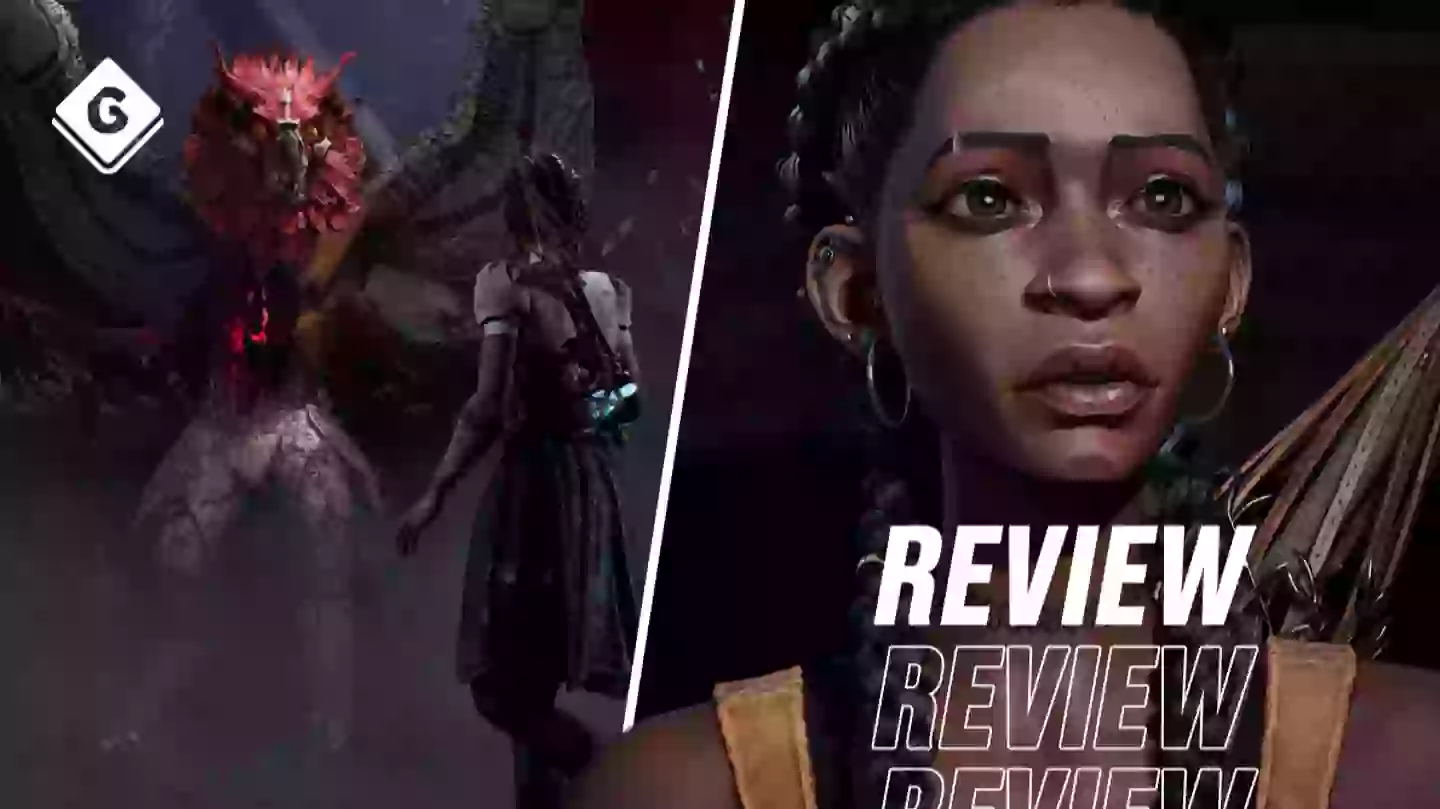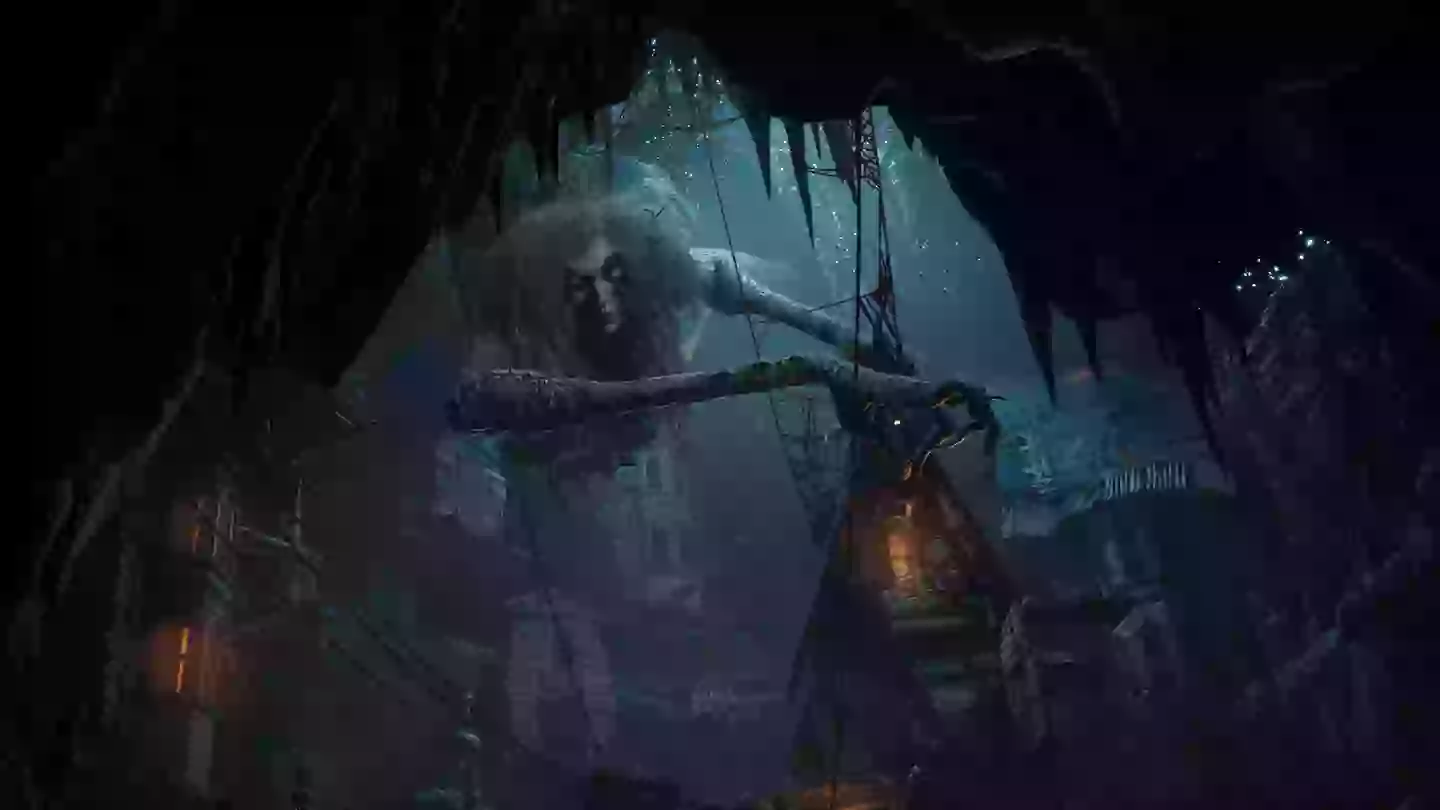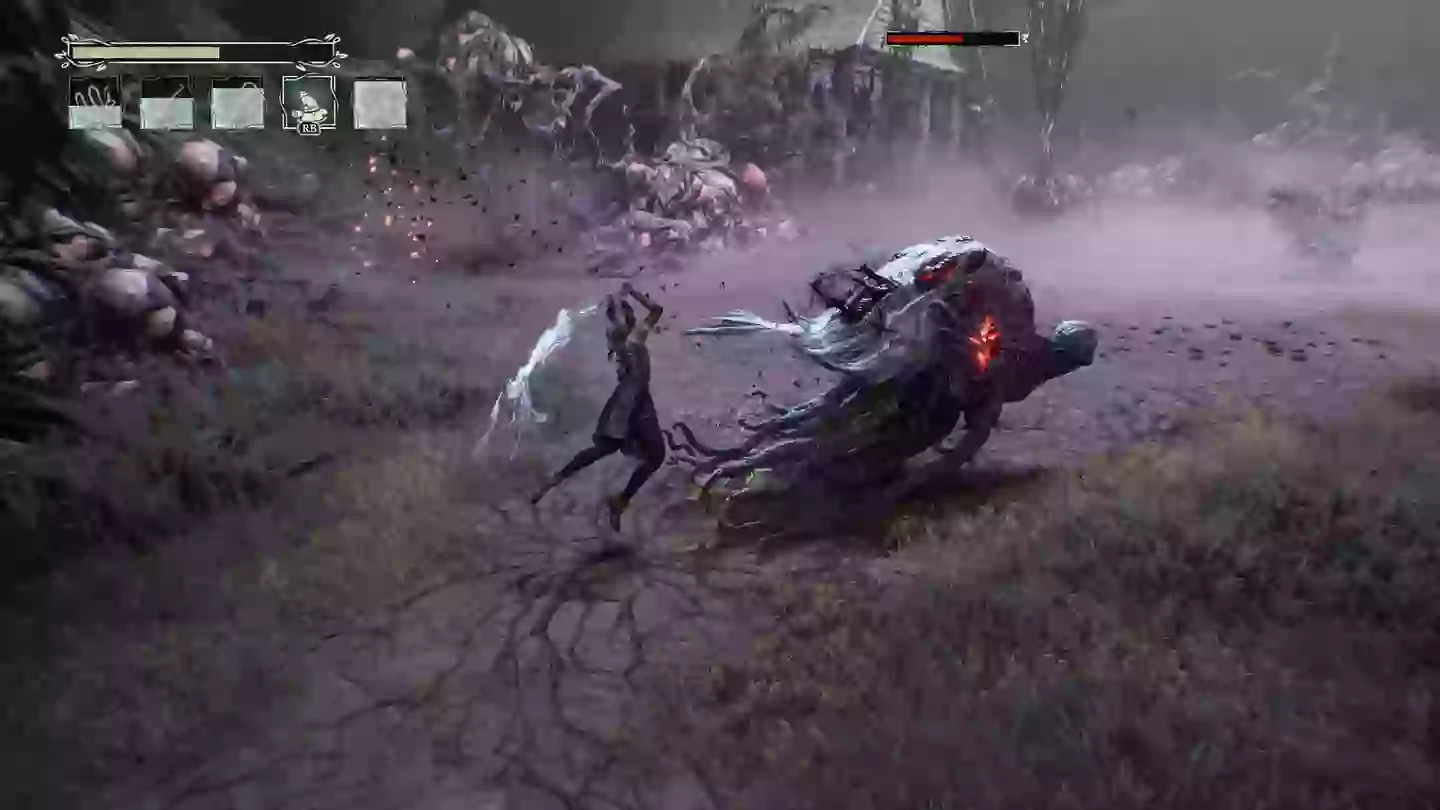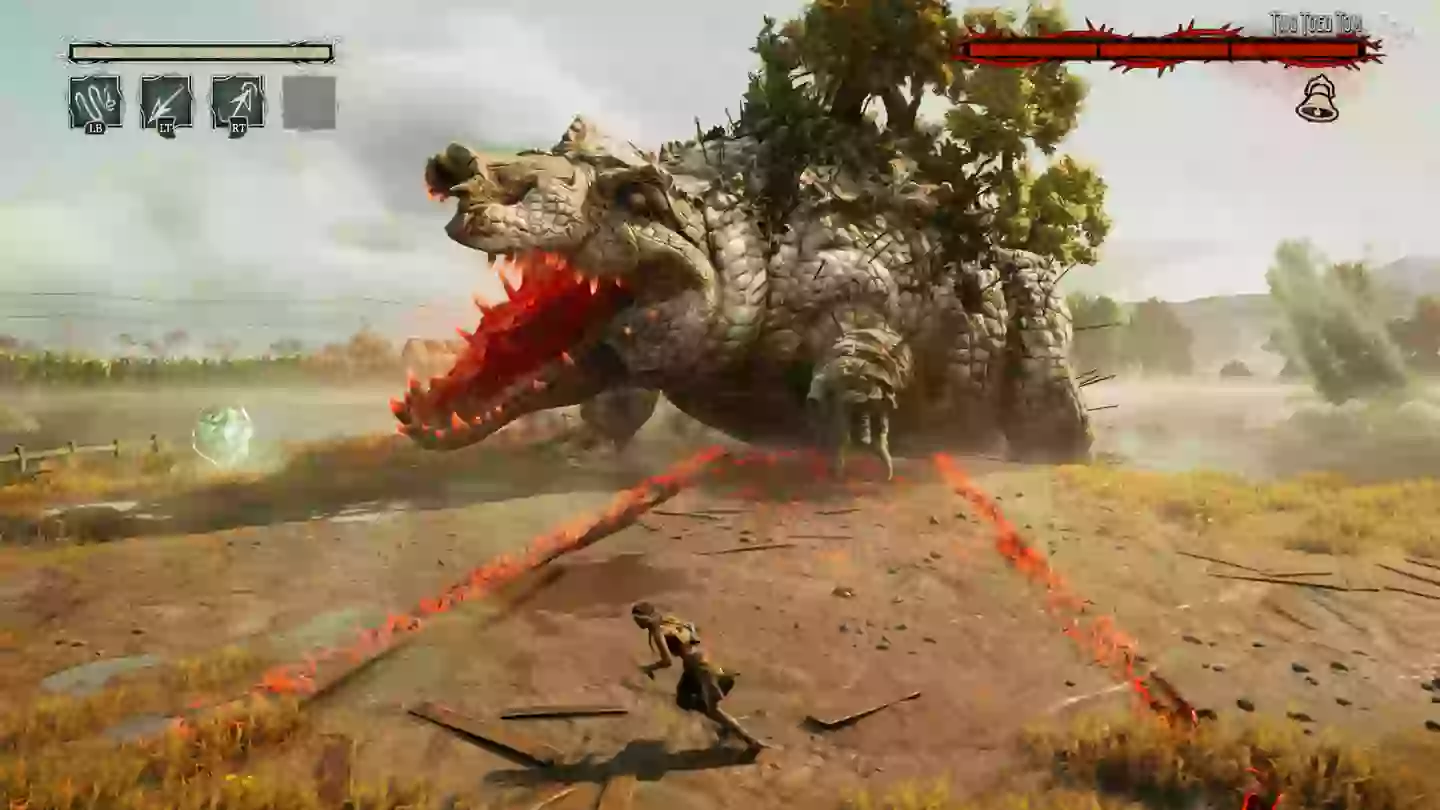
South of Midnight is exceptional in so many ways. It’s a storytelling masterclass that wonderfully utilises music and Southern Gothic folklore to create a profound and moving experience that I simply couldn’t put down, but so too is it one that falls into the trap of featuring repetitive gameplay. South of Midnight’s combat and traversal is incredibly proficient and, perhaps most importantly of all, fun; the problem is that it's also a tad one-tone which is something that feels all the more noticeable as you progress throughout the game’s thrilling story.
That being said, South of Midnight doesn’t outstay its welcome, offering players a 10 to 12-hour package. As such, you’ll likely complete Hazel’s journey before you grow too tired of the repetitive gameplay but in a game that I otherwise found ridiculously hard to fault, I can’t help but wish developers had unearthed a way to take the combat up just one more notch.
And that’s something I’ll return to, but I want to heap some more praise upon this delightful release from Compulsion Games. South of Midnight centres around Hazel whose mother and house are swept away during a terrible storm that hits the small southern US town of Prospero. It’s an event that unveils Hazel’s true nature; she’s a weaver with the ability to mend the ‘Grand Tapestry’, an intangible fabric that connects with reality. Whilst on her journey to rescue and reunite with her mother, Hazel will be tasked with clearing ‘stigma’, disturbances to the Grand Tapestry caused by human trauma. In doing so, Hazel will discover the truth behind many of the region’s folkloric beings, from Huggin’ Molly to Two-Toed Tom.
Advert
You can take a look at South of Midnight in action here.
As you may have picked up on by now, I can’t stress enough just how much Compulsion Games has excelled when it comes to South of Midnight’s storytelling. It’s what impressed me most when I had the opportunity to preview the title, and that sentiment has only grown since progressing with Hazel’s tale. Each of the game’s chapters centre around a being that stems from or is inspired by Southern Gothic folklore. Two-Toed Tom, for example, is a giant alligator, while one particular character (I won’t say who) transforms into a Rougarou, a werewolf-owl hybrid.
But these beings aren’t thrown into the story just as unexplained, impressive foes that stand in your path. In fact, Hazel isn’t really interested in fighting them at all (although that may not always be a choice). Instead, she’s tasked with clearing that aforementioned ‘stigma’ surrounding these creatures and in doing so, frees them from their trauma. Hazel’s journey is not one of violence. South of Midnight’s tale, instead, is one that teaches you about the person behind the myth, exploring how something very human and personal might come to be a folkloric tale.
Advert
I won’t dance around it, what unfolds is usually incredibly challenging with the topics of bullying, abuse, loneliness, and bereavement all explored, alongside greed and corruption - and yet, the weight of these topics is handled so adeptly because, of course, through your actions as Hazel, you’re providing these people and beings with a sense of healing and liberation they’ve been denied for so long. As much as South of Midnight uses folklore to explore the world’s horrors, so too does it remind you that those horrors are outshone by the remedying hope that we, as empathic humans, can provide.

And it would be remiss of me to not mention the impeccable weaving (no pun intended) of the game’s narrative with its soundtrack, something I also picked up on in my preview. In the finale of each chapter, as you help to heal the relevant folkloric being, events are soundtracked by a song recounting their tale, most of which are in the country, roots, americana, or bluegrass styles. For example, the first being you assist, Benjy, has his tale soundtracked by a Johnny Cash-esque tune sung by his brother, shedding light on his point of view. It adds extra depth to your understanding of the narrative, whilst honouring the traditions of these genres of music, most of which began in the Southern US. They say that country music, for example, consists of three chords and the truth and that’s what you’ll find here. It’s music in its purest form, where simple melodies lead to catharsis.
It’s at this point though that I have to venture into discussing the areas of the game that mildly hindered the experience. Let’s address combat which I’ll state again, I found to be incredibly fun. The stigma Hazel must destroy tends to gather in certain areas where it’ll be surrounded by ‘haints’, essentially malevolent spirits or physical manifestations of the trauma. Hazel is armed with her weaver’s hooks and distaff which she can use to slash, pull, push, freeze, and slam enemies. If I had to make a comparison, it’s not all that dissimilar from God of War’s (2018) combat system when Kratos is using his Blades of Chaos.
Advert
It all runs rather smoothly, but the combat also doesn’t really go anywhere beyond this. You’ll be able to upgrade Hazel’s various abilities, but having your freeze work, for example, for a few seconds longer does little to change the feel of combat. Additionally, new types of haints are introduced but they all function very similarly; one may throw projectiles, while another may puppeteer the others. By the game’s midway point, you’re pretty much familiarised with the whole bunch and there’s little that’s new beyond that. Even the game’s finale fight predominantly consists of battling the same haints you’ll have done so umpteen times before.

I just feel there was scope to add some much-needed variety for the player. Perhaps the introduction of a throwable weapon? Switching to a second weapon would’ve been something I’d have welcomed in the game’s latter half. If South of Midnight receives a sequel, and I sincerely hope it does, it’s most definitely the combat that I’d be most keen to see developed further.
That sentiment extends even moreso to the game’s handful of boss fights which I actually found to be less impressive than your run-of-the-mill haint encounter. The boss fights were slightly more varied, I can say that. One required you to use your typical combat skills, while several others tasked you with firing projectiles to land an opening. Others required you to dodge large sweeping attacks, something I found to be rather janky to judge though. The boss fights, for me, just felt a tad half-baked compared to other areas of the experience but they were, on the whole, short and forgiving.
Advert
The traversal falls much into the same category. Hazel will have to jump, glide, wall run, and grapple her way through the game - and there are a couple of Uncharted-esque traversal-based chases but there’s nothing that’s really going to too heavily challenge the average player. Like the combat, the traversal is proficient, but I’d be lying if I said I wasn’t craving something that upped the ante. It wasn’t even until one of the game’s final chapters that I had to hop across a time-sensitive platform.

But it feels wrong to end on anything but a high because despite South of Midnight playing it safe in a couple of key areas, it dazzles elsewhere, including with its stop motion art style. South of Midnight’s art department really nailed it, as everything from character animation to design is top-notch. A first-rate story told through an oh so very beautiful art style? You can see why it’s easy to overlook the couple of grievances I did have.
South of Midnight is, for me, an unmissable experience despite playing it safe in a couple of key areas. This is an exceptional adventure that I simply couldn’t put down and I truly hope it’s not the last journey I’ll venture on with Hazel. While the combat and traversal is both entertaining and proficient, it does lack development as the game progresses creating somewhat of a repetitive feeling. But I couldn’t help but find myself partially overlooking that as South of Midnight offers such a remarkable story and what could be the year’s best soundtrack. Just like Hazel, South of Midnight occasionally stumbles, but it’s most definitely still a journey worth venturing on.
Advert
Pros: Engaging narrative, wonderful art style, proficient combat, stellar soundtrack
Cons: Combat and traversal lack evolution later in the game, gameplay loop therefore feels repetitive
For fans of: Kena: Bridge of Spirits, Tomb Raider, Uncharted, The Last of Us
8/10: Excellent
South of Midnight launches on 8 April (or 3 April in early access) on Xbox Series X/S (Series S version tested) and PC. A review code was provided by the publisher. Read a guide to our review scores here.
Topics: Xbox, Xbox Series S, Xbox Series X, PC, Reviews